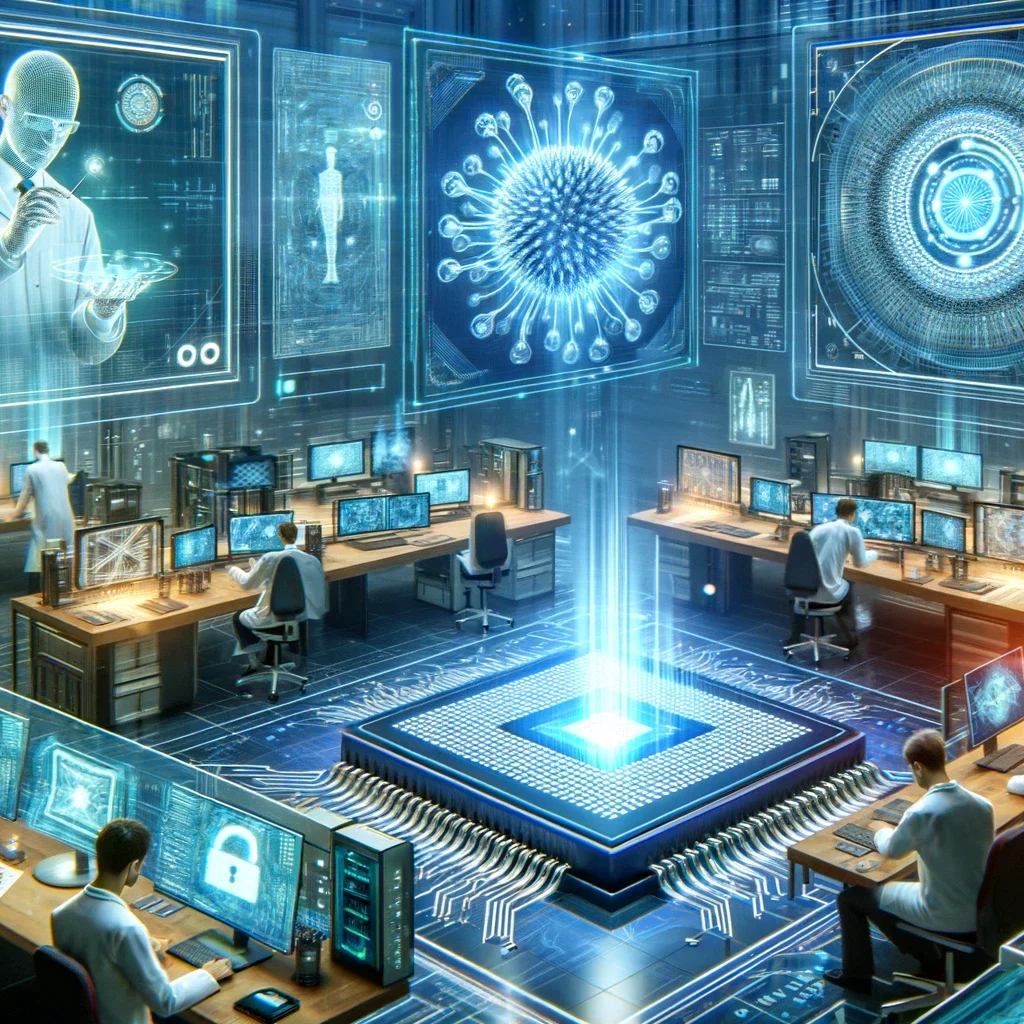Tech visionary Bill Gates highlights the transformative potential of artificial intelligence (AI) in his latest annual letter, emphasizing its role in driving innovation and addressing global challenges. Gates’ vision extends beyond technological advancement, focusing on AI’s potential to reduce global inequities and improve various sectors, including healthcare and education.
AI’s growing influence
In his annual letter, Bill Gates shared his newfound engagement with artificial intelligence, marking 2023 as the year when he harnessed AI for meaningful purposes beyond recreational use. He underscored the impending transformation AI is poised to bring, comparing it to the early days of the internet when it was still a novelty, ultimately becoming an integral part of daily life.
Gates envisions a future where AI tools are seamlessly integrated into our lives, contributing to education, mental health services, and more. His perspective extends beyond technological fascination and delves into AI’s potential for social good, a recurring theme in his philanthropic endeavors.
AI for social good
Bill Gates’ vision for AI aligns harmoniously with his long-standing commitment to philanthropy. He believes that AI has the power to catalyze innovation across various domains, particularly in medicine. His Gates Foundation places a significant emphasis on leveraging AI to combat global health challenges, including the discovery of drugs for diseases like AIDS, tuberculosis, and malaria in developing countries.
Some notable examples of AI applications in global health, as highlighted in Gates’ letter, include:
Combating antibiotic resistance: In Ghana, AI tools are being developed to assist healthcare professionals in prescribing antibiotics more effectively, with the goal of addressing the growing threat of antimicrobial resistance.
Personalized education: Initiatives like Somanasi in Nairobi are exploring AI-powered, culturally-tailored education tools to enhance learning experiences.
Improving maternal health: In India, AI is being utilized to support health workers in managing high-risk pregnancies, potentially reducing maternal mortality rates.
HIV risk assessment: South Africa is developing an AI-powered chatbot to provide stigma-free and discrimination-free HIV risk assessments, promoting better health outcomes.
Bill Gates’ vision emphasizes the integration of AI into diverse sectors, ranging from healthcare to education, with a focus on creating a more equitable world. Unlike the perspectives of many tech giants and CEOs, Gates’ outlook on AI centers not only on technological advancement but also on social and global betterment.
AI adoption timeline
Bill Gates anticipates a significant increase in AI usage within the next 18 to 24 months in nations like the United States. In African countries, he envisions a comparable level of AI integration within approximately three years, acknowledging the existing disparities in technological access and adoption.
Gates believes that strategic investments in AI now have the potential to promote global equity by reducing or even eliminating the time lag between when innovations reach the affluent world and when they reach less privileged regions. This reflects his unwavering commitment to bridging the gap between developed and developing nations.
In his annual letter titled “The road ahead reaches a turning point in 2024,” Bill Gates outlines his optimistic vision of the transformative power of AI. He emphasizes its potential to supercharge innovation across sectors while highlighting its role in addressing pressing global challenges, particularly in healthcare and education.
Gates’ vision for AI goes beyond mere technological advancement; it is intricately woven with his philanthropic pursuits, aimed at reducing global inequities and improving the lives of those in need. As AI continues to evolve and integrate into our daily lives, Bill Gates remains a vocal advocate for leveraging its potential for the betterment of society, making strides towards a more equitable and technologically advanced future.





